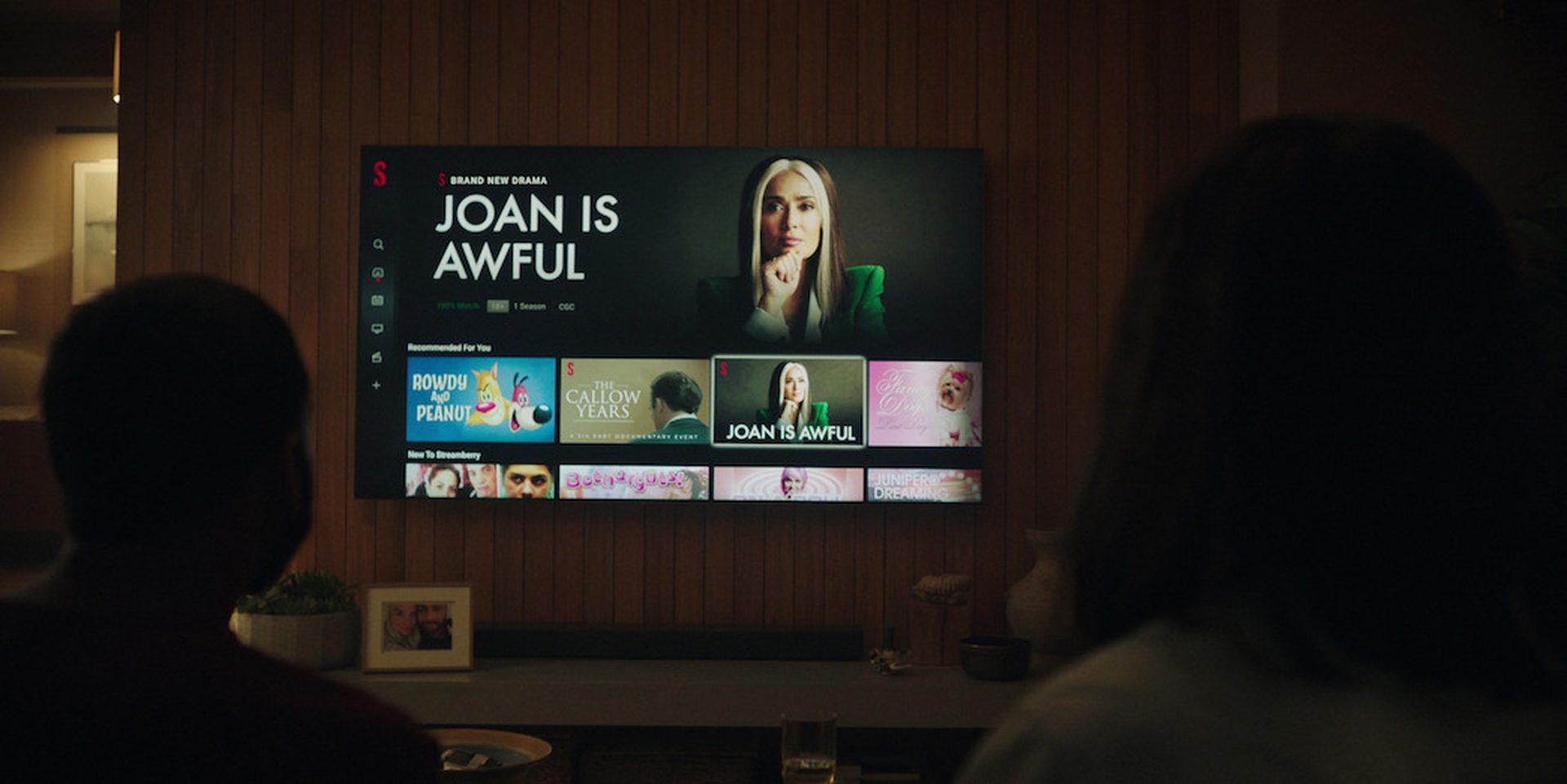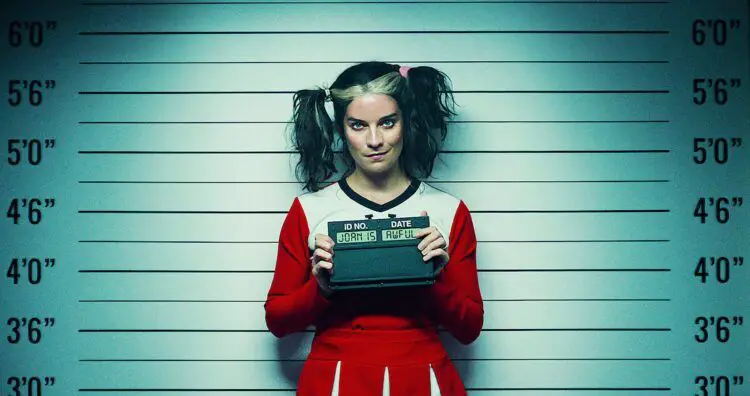In the heart of Hollywood, where dreams are brought to life on the silver screen, a fierce battle is brewing between the Screen Actors Guild – American Federation of Television and Radio Artists (SAG-AFTRA) and the powerful film studios. This time, the conflict centers around a futuristic yet unsettling concern: the utilization of artificial intelligence (AI) to replicate actors’ likenesses without their knowledge or consent. This emerging technology has sparked alarm within the union, leading SAG-AFTRA to take a bold stance by initiating a strike to protect the image rights of its members.
In an era where AI continues to push the boundaries of what is possible, Hollywood studios have eagerly embraced its potential to enhance filmmaking. However, the dawn of AI-powered digital replicas has raised profound questions about the future of actors’ creative control, compensation, and consent. Yes, it is exactly like the Black Mirror episode.

SAG-AFTRA, the powerful union representing more than 160,000 professionals in the entertainment industry, firmly believes that actors should retain the rights to their own image, guarding against exploitation and safeguarding their long-standing contributions to the art of storytelling.
The strike comes as a culmination of growing concerns among actors who fear being replaced by digital doppelgängers, eroding the authenticity and integrity of their craft. As Hollywood explores the limitless possibilities offered by AI, the line between reality and simulation begins to blur, sparking a heated debate that transcends the glitz and glamour of the industry.
In this blog post, we delve into the reasons behind SAG-AFTRA’s strike, exploring the implications of AI-generated digital replicas and the implications they hold for the future of entertainment. We’ll shed light on the complexities surrounding image rights, examine the arguments put forth by both sides of the debate, and reflect on the potential consequences for the entertainment industry as a whole.
What is the strike about?
The Screen Actors Guild – American Federation of Television and Radio Artists (SAG-AFTRA) is going on strike over the issue of AI image rights. The union is concerned that Hollywood studios are trying to use AI to create digital replicas of actors without their consent or compensation.
SAG-AFTRA is demanding that studios obtain permission from actors before using their likenesses in AI-generated content and that they share profits from such content with the actors. The union is also concerned about the potential for AI replicas to be used to create unauthorized or offensive content.
The strike could have a significant impact on the entertainment industry, as it could delay or even prevent the release of upcoming films and TV shows. It could also have a chilling effect on the development of new AI technologies, as studios may be less likely to invest in AI projects if they are not sure if they will be able to use the resulting content.
What is an AI replica?
AI replica is a term used to describe a digital copy of a person’s likeness that is created using artificial intelligence. These replicas can be used to create realistic images, videos, and even voice recordings of the person.

AI replicas are becoming increasingly sophisticated, and they have the potential to revolutionize the entertainment industry. For example, they could be used to create new forms of content, such as deepfakes, which are videos that have been manipulated to make it look like someone is saying or doing something they never actually said or did.
The future of AI replicas
The strike between SAG-AFTRA and Hollywood studios is just the latest development in the growing debate over AI image rights. As AI technology continues to evolve, it is likely that this debate will only become more complex.
On the one hand, there are those who believe that actors should have complete control over their likeness. They argue that AI replicas could be used to create unauthorized or offensive content, and that actors should be compensated for the use of their likeness in any way.
On the other hand, there are those who believe that AI replicas offer new opportunities for creativity and expression. They argue that studios should be free to use AI technology to create new forms of content, and that actors should not be able to prevent them from doing so.
The future of AI replica is uncertain, but it is clear that this technology has the potential to revolutionize the entertainment industry. It remains to be seen how the debate over AI image rights will be resolved, but it is sure to be a hotly contested issue in the years to come.
Conclusion
The strike between SAG-AFTRA and Hollywood studios is a sign of the growing importance of AI image rights. As AI technology continues to evolve, it is likely that this issue will become even more important. It will be interesting to see how the debate over AI image rights is resolved, and what impact it has on the entertainment industry.
Featured image credit: Netflix





